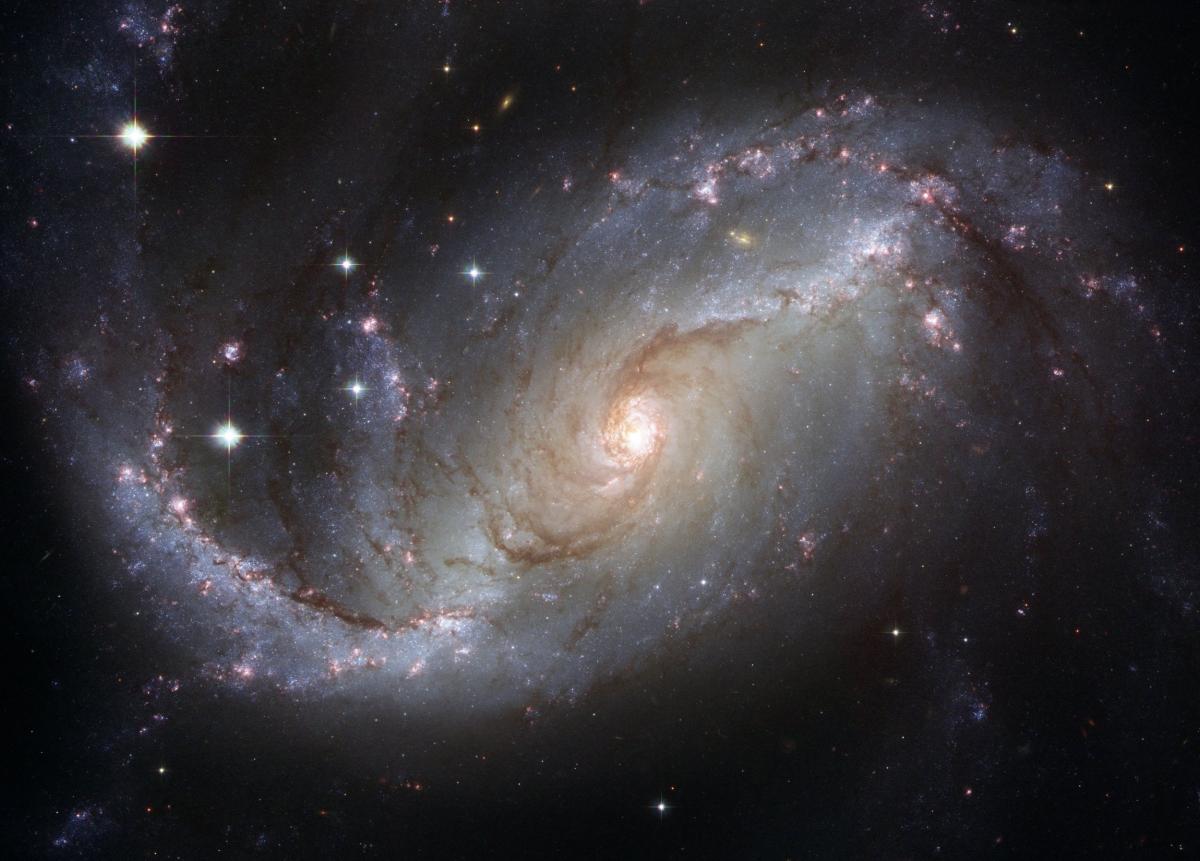
Apparent Motion of the Night Sky
by Christine Mendoza
In this engaging lesson, students will use an online planetarium and participate in a kinesthetic model activity in order to develop and revise a model explaining the apparent motion of the stars in the night sky.
Lesson Grade Level
6th GradeLesson Plan Link/URL
https://docs.google.com/presentation/d/1UwICxpJI4Ch4zFFDDidQZQgQDdcWWpJo/edit?u…Subject Area
Science Earth and Space Science E2: Earth & the Universe Technology 3. Knowledge Constructor English Language Arts (ELA) Writing
Featured
Off
Related Content

Grades:
3rd Grade
This lesson is an introduction to the sun’s energy. It is mainly an opportunity for students to explore resources and their environment independently or with partners. This allows students to

Grades:
3rd Grade, 4th Grade, 5th Grade
This is the first of four lessons based on the novel Space Case by Stuart Gibbs. This lesson will help create equitable background knowledge for the literature-infused project-based learning project

Grades:
6th Grade
Students will explore the phenomenon of length of day that is created by Earth's tilt on its axis in relationship to its orbit around the sun. Students will collect and analyze data about the length